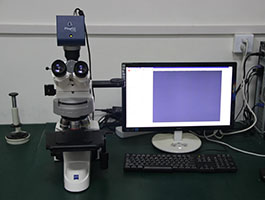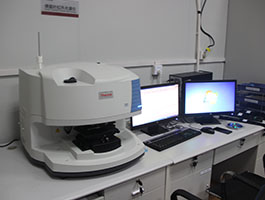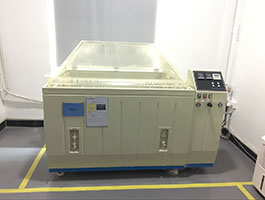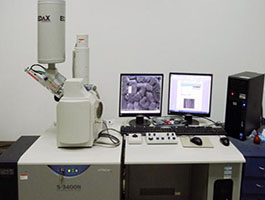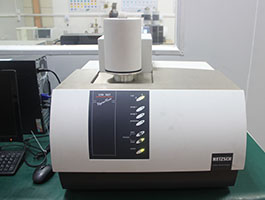Material composition is critical to a material's machinability, durability and stability in its intended use. As products have persified, we've seen a surge of new alloys, coatings, polymers and emerging materials including fiber-reinforced composites and ceramics. Manufacturers are constantly developing lighter, stronger and more heat, chemical and exposure resistant alloys/materials designed to meet a variety of specific end uses. These may include renewable or recycled materials, making composition and material properties more challenging to control.
A strict quality system involves chemical analysis to verify chemical composition from raw material to finished product. This ensures a safe, high-quality product that will meet your customer's needs.
Antimony Analysis (ICP)
Ash Content
Cadmium Analysis (ICP)
Carbon, Sulfur, Hydrogen, Oxygen, Nitrogen
Coating Weights
Coefficient of Thermal Expansion
Conductivity (ASTM D1125)
Contamination ID
FTIR
GC/MS (Thermal Desorption, Pyrolysis)
Halogen Analysis (IC)
Heavy Metals Analysis
Hex Chrome (UV-VIS)
ICP-AES Analysis
Impurities Analysis
Ion Chromatography
Metal Purity
Particle Size Analysis
pH
Polymer Testing
Powder Diffraction
Powdered Metal Analysis
Precious Metal Assay
Quantitative Analysis
RoHS Testing
SEM-EDS
Semi-Quantitative Analysis
Sieve Analysis
TD/GC/MS (Thermal Desorption)
Trace Element Analysis
Unknown Alloy Identification
Unknown Material Identification
XRD Analysis

